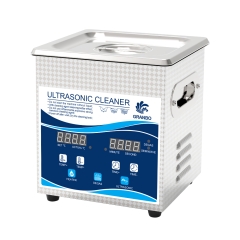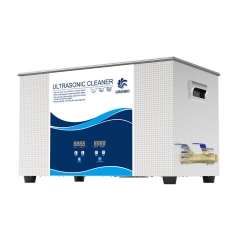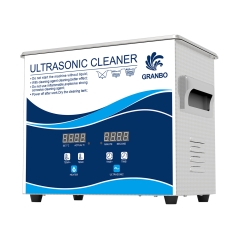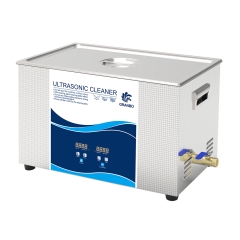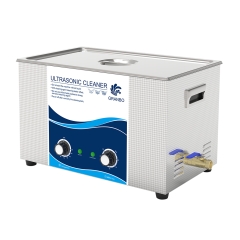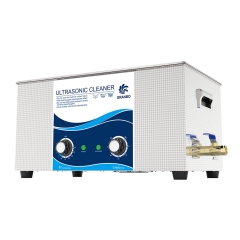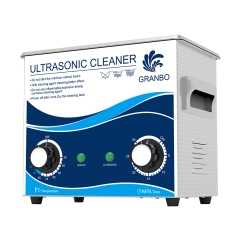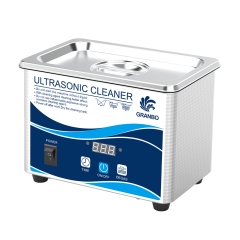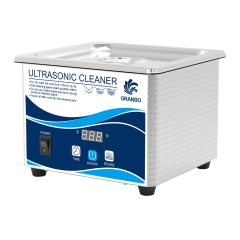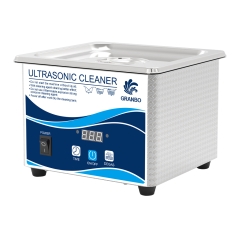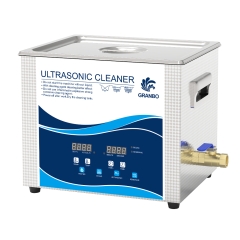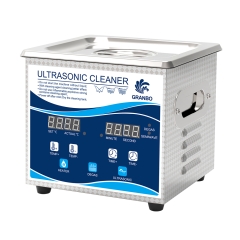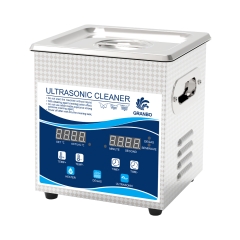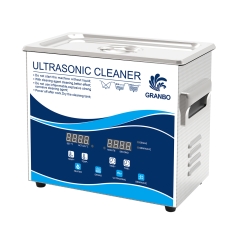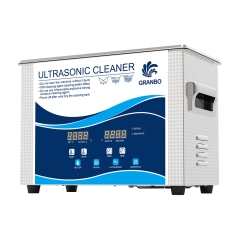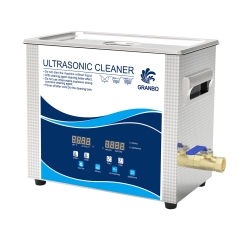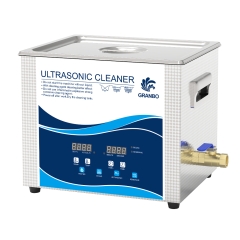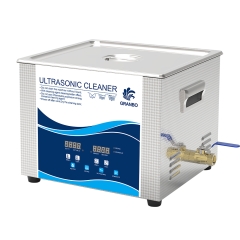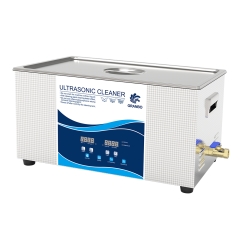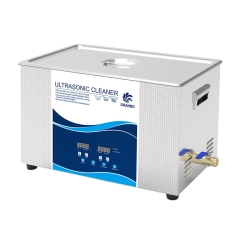Medical Equipment Cleaning
The Application of Ultrasonic Cleaning Device in Medical/Dental Fields
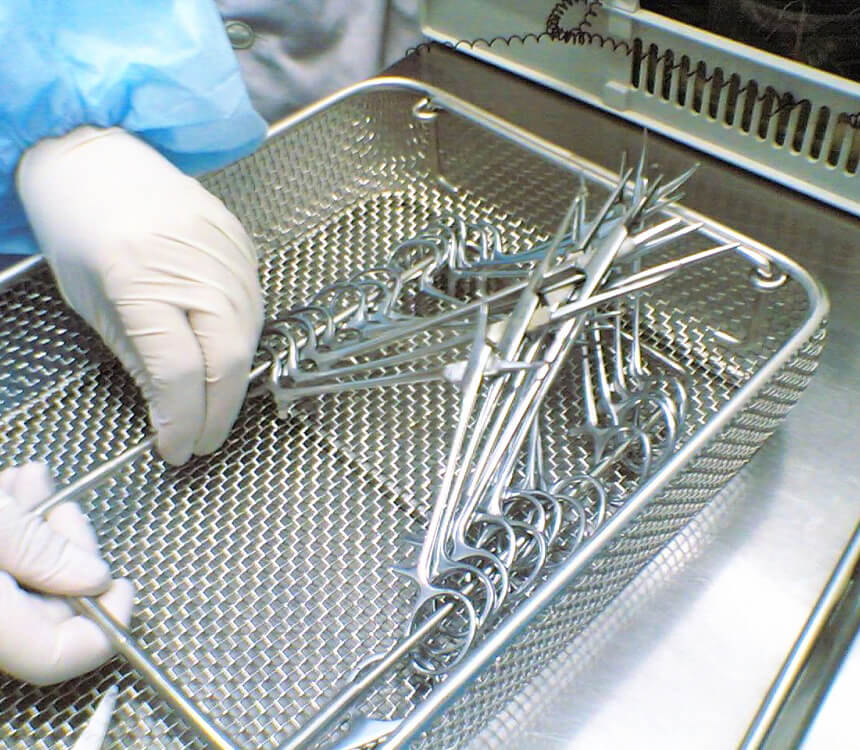

Why Need Ultrasonic Cleaning?
It was pointed out by the infection protection experiment of CDC dental organization: “The cleaning should always be carried out before disinfection and sterilization so as to eliminate the scraps and organic contaminants on dental instruments. If the attached blood, saliva and other contaminants on instruments are not eliminated, these residues would block the microorganisms, and may also affect the disinfection or sterilization processes.”
The reason is that the heat imposed during disinfection process can lead to the “baking” of blood, tissues and other organic residues on metal instrument surface, and causing the infection problem in the following application process of instruments.
It is recommended to utilize the ultrasonic cleaners for cleaning the dental instruments, eliminating the scrap contaminants and bacteria completely to improve the cleaning effect and reduce the risk for human body infection. The application of dental ultrasonic cleaners is considered as the “optimal method” for eliminating such contaminants. It is far superior to the manual cleaning works.
The Working Principle of Dental Ultrasonic Cleaners
The ultrasonic energy can produce billions of vacuum bubbles in the ultrasonic cleaning troughs, they will explode internally with enormous power when reaching the dental instruments.
These bubbles are produced by the electric generator drive transducer (vibrator) at the bottom of cleaning trough, the ultrasonic transducer can work in the method of high-frequency vibration, for example, the 40,000 times of circulation (40kHz) for each second. The vacuum bubbles are produced when such vibration reaches the fluid. The microcosmic bubbles can enter the tiny cracks of instruments and explode, removing the contaminants from dental instrument surface in the more efficient method compared with manual scrubbing.
After complete ultrasonic cleaning, it is allowed to enter the second and third phases: Disinfection, sterilization and then packaging. According to CDC, because the residues before ultrasonic cleaning can disrupt the inactivation of microorganism, and may also affect the following utilization.
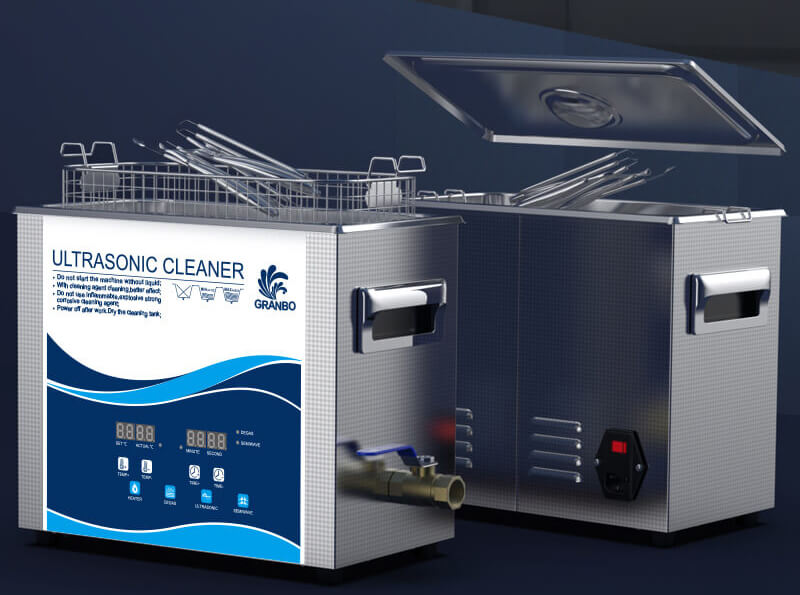

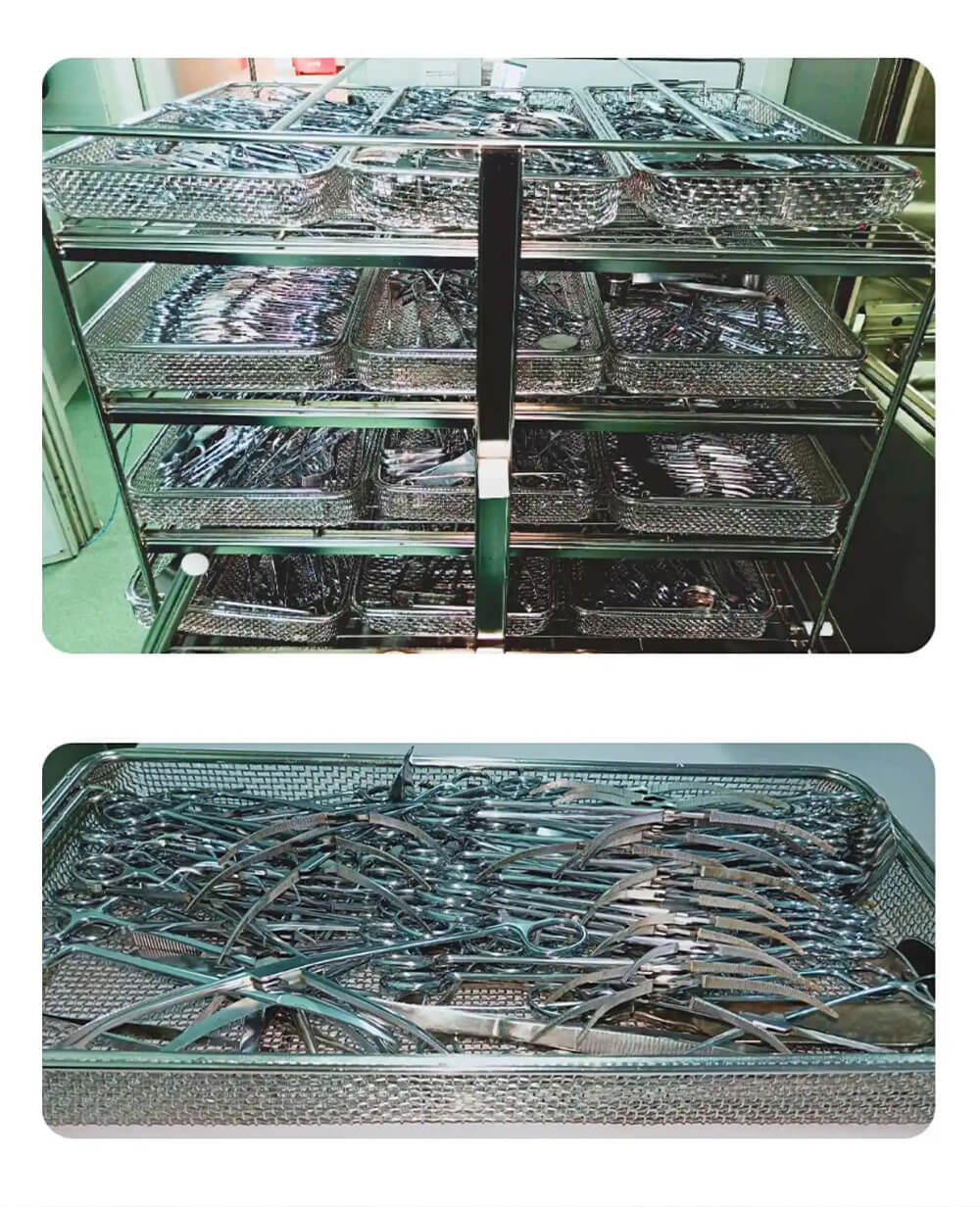

The Role of Ultrasonic Cleaners in Dental Clinics
In the publication of Disinfection and Sterilization of Dental Instruments by American dental association, it was appealed to utilize ultrasonic for cleaning dental instruments, and “the reduced infection risk of dental instruments for utilizing ultrasonic cleaners” was pointed out. It was indicated in this publication that the major risk for manual cleaning of sharp or cuspidal dental tools is the accidental puncture or cut that may cause infection.
It was pointed out in the infection control guide of dental healthcare organization in center for disease control that the cleaning of scraps and contaminants can be realized by means of the automatic process of scrubbing or the utilization of chemical detergent (such as the ultrasonic cleaners or the cleaning sterilizer). CDC further noticed that if the visible scraps are not removed, it may affect the sterilization or disinfection process.
The harms for manual cleaning of sharp or cuspidal dental tools have been introduced. It was also mentioned that the mechanical cleaners are efficient, which can not provide the complete cleaning effect of ultrasonic power in cleaning trough——named as ultrasonic cavitation effect. But it has the same effect with technology, it is important to remember that the ultrasonic cleaning of dental instruments constitute the first step for disinfection or sterilization, no matter which process was applied in the clinics.
The dental mechanical electronic cleaners are composed of stainless steel cleaning troughs, the ultrasonic transducer installed at the bottom of cleaning trough can conduct high-frequency vibration driven by the circuit board, producing cavitation effect and realizing thorough cleaning. Besides, the ultrasonic dental instrument cleaners are equipped with digital controlling panel, with switch, heater and timer are provided, allowing the operators to control the cleaning time and temperature. In addition, the sweep frequency mode can be customized, the ultrasonic frequency under this mode will float up or down, preventing the influence on metal surface or the “blind area” that can not be cleaned by harmonic vibration.
Extra Matters Need Attention
- The dental instruments should be cleaned immediately after utilizing, so as to remove the obvious contaminants. If the blood stain and residues are dried and hardened, it will become difficult to remove. Besides, at the end of day, the instruments should be cleaned in batches and soaked in disinfection preimpregnation agent.
- The articulated instruments should be separated (such as dental forceps, scissors and so on), which is convenient for making contact with the cleaning solvent. Or maintaining them in opened status.
- For achieving the optimal effect, the similar instruments can be cleaned together. Avoiding mixing the instruments made of stainless steel, aluminum, copper, brass and other materials.
- The chromium-plated dental tools can not be cleaned by ultrasonic.
- Don’t stack “instruments” in basket. This will reduce the cleaning efficiency.
- The cleaning is accomplished in the net basket with relatively smaller dimension than water tank. The dental tools must be soaked in the solvent completely. This is related to the so-called working depth of water tank, or the distance between basket (not water tank) bottom and cleaning surface.
